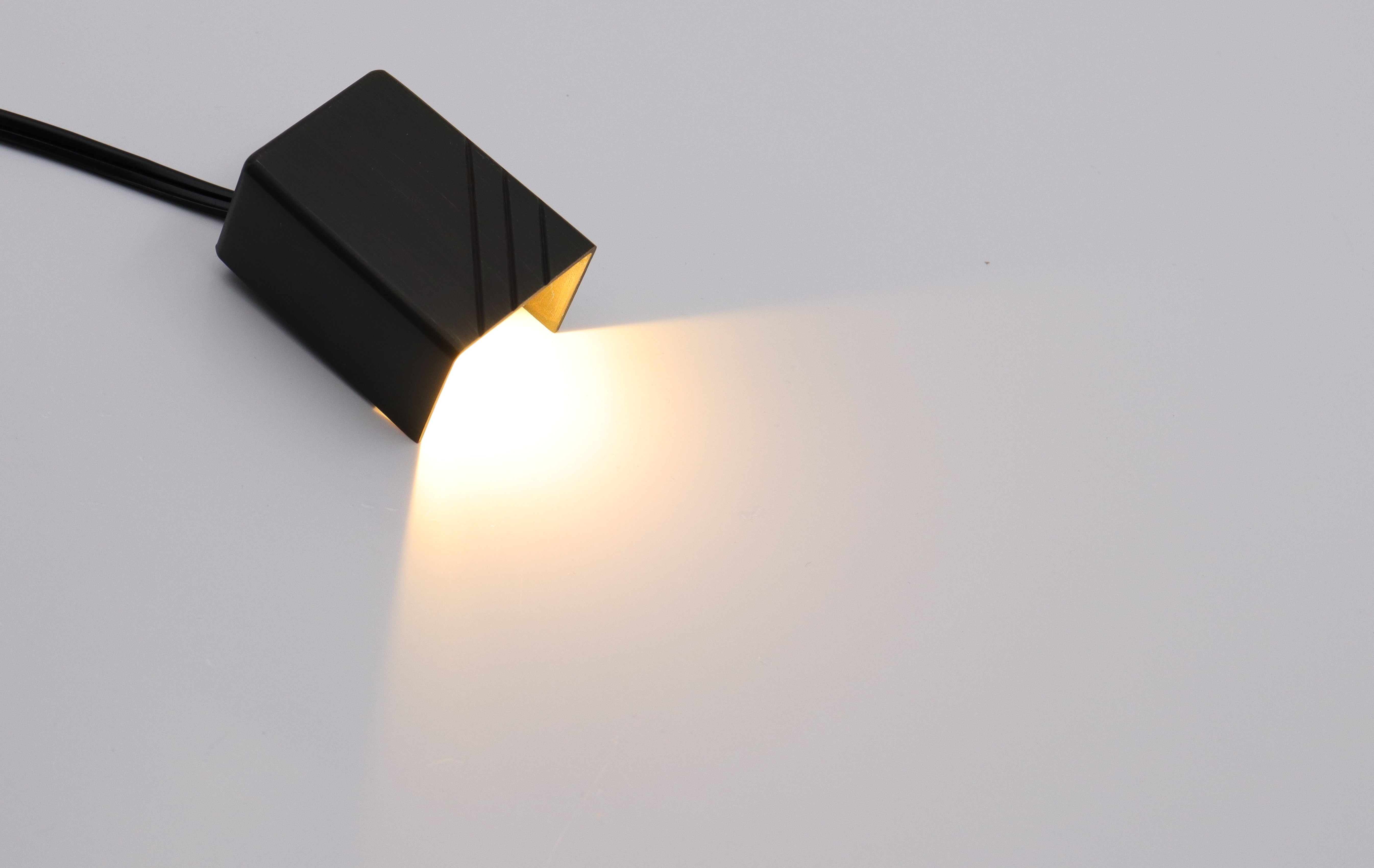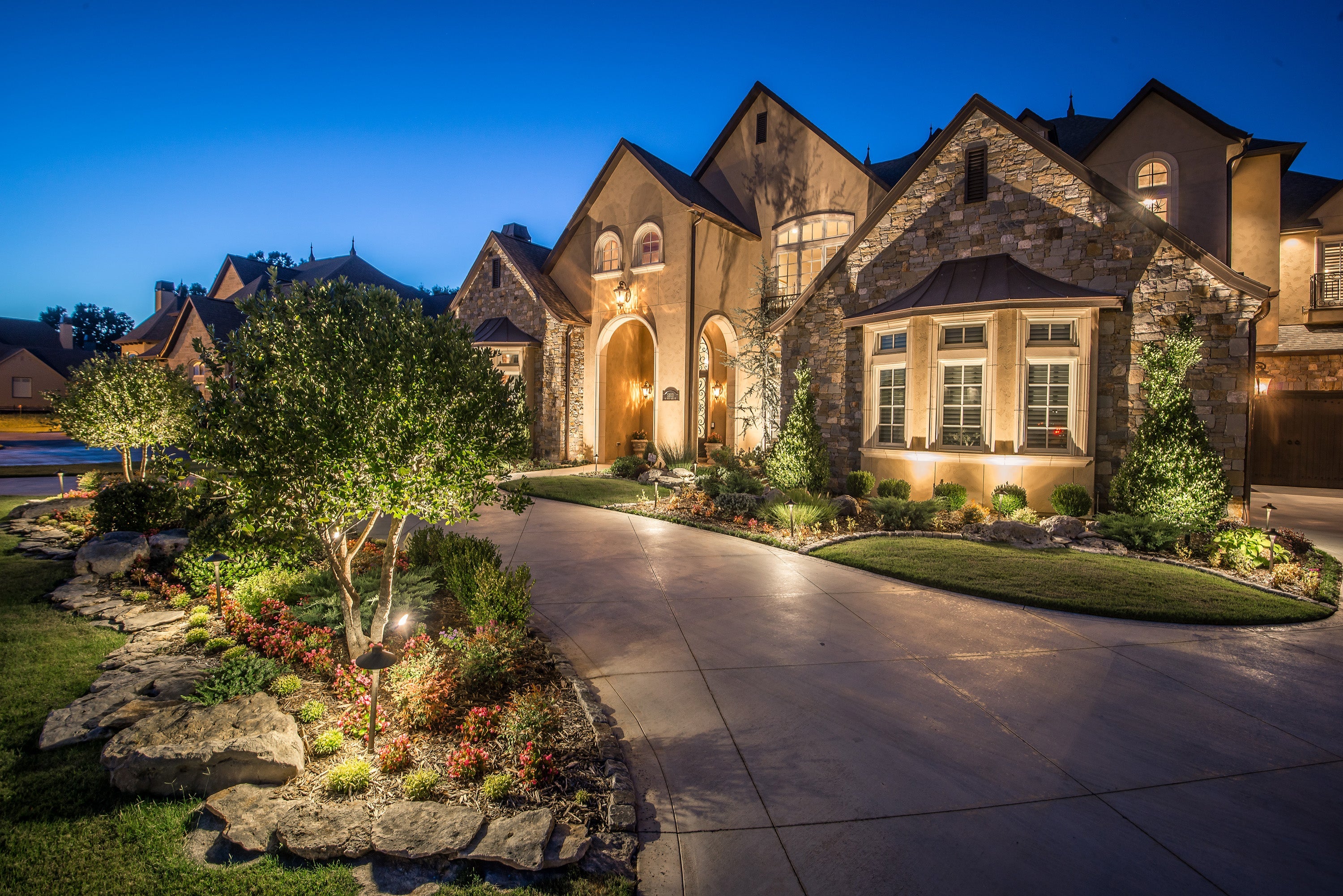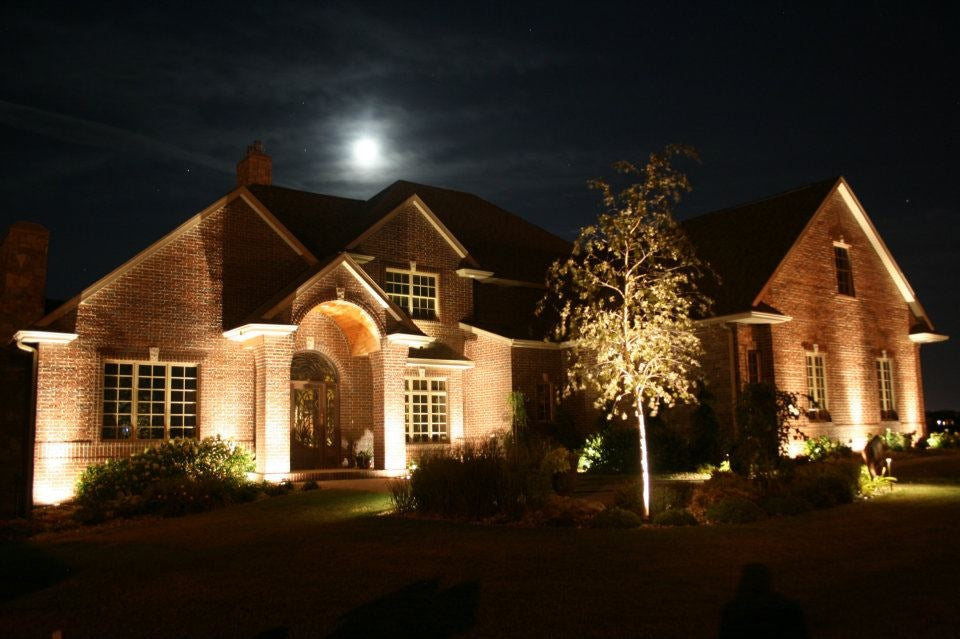Introduction
Proper exterior lighting can make a dramatic difference in the appearance and safety of your home. Spot lights are an excellent option to highlight architectural details, light walkways, and provide security lighting around the perimeter of your house. This article will explore the different types of spot lights available, comparing the pros and cons of each. We'll look at important considerations like beam angle, lumen output, and special features in order to help you select the ideal spot lights to beautifully illuminate the exterior of your home.
Spot lights are designed to cast a focused, narrow beam of light directly where needed. They come in a variety of types, including LED, halogen, incandescent, and solar-powered options. Each has its benefits and drawbacks. This article will break down the differences to help you make an informed decision when outfitting your home with spot lights. With the right fixtures and positioning, spot lights can showcase your home's best features, improve visibility and safety outdoors, and extend the hours you can enjoy your exterior living spaces.
Types of Spot Lights
There are several common types of spot lights well-suited for exterior residential lighting:
- LED - LED spot lights are energy efficient and long-lasting, providing years of durable illumination. They offer lots of brightness with relatively low energy use. LEDs are available in a range of color temperatures.
- Halogen - Halogen spots produce bright, sparkling light. They are more energy efficient than old incandescent bulbs but not as efficient as LEDs. Halogens have an average lifespan of 2-3 years.
- Incandescent - Incandescent spot lights are being phased out due to energy inefficiency but provide warm, inviting light. They typically last 1-2 years before burning out.
- Solar-powered - Solar spot lights absorb sunlight during the day to power the LED lights at night. They are easy to install without wiring but provide less light output than wired spots.
Each type has pros and cons to weigh when deciding which is best for your exterior lighting needs in terms of brightness, color tone, lifespan, and operating costs.
Beam Angle and Lumen Output
Spot lights are available in different beam angles. This refers to the width of the cone of light emitted by the spot light.
To learn more about optimizing your outdoor lighting with the appropriate brightness and beam angles, check out our Outdoor Lighting Brightness Guide.
- Narrow spot beams between 10-25 degrees concentrate the light on a smaller area. These are good for focused accent lighting from a distance.
- Wider flood beams between 25-120 degrees spread the light over a larger broad area. Flood beams work well for general landscape illumination.
Lumens indicate the brightness of the spot light. Most residential spot lights range from 300-1000+ lumens but can be higher.
Combine flood or spot beam styles with lumen output to suit the size of the area you want to light and the tasks you want the lighting to achieve. For example, a wide flood beam with ample lumens can light up a large patio area. A tighter spot beam aimed at an architectural feature will highlight it brightly. For a deeper understanding of how to choose between spotlights and floodlights, check out this comprehensive spotlights vs floodlights guide.
Features to Consider When Selecting Spot Lights
In addition to type, beam style, and lumen output, consider these features when shopping for spot lights:
- Adjustability - Spot lights with adjustable heads let you redirect the beam easily.
- Light Color - Choose from warm (2700K-3000K), neutral (3500K-4000K), or cool (5000K-6000K).
- Dimmable - Dimmable spots allow you to lower light levels as desired.
- Motion Sensor - Motion detecting spot lights increase security and avoid wasting energy.
- Timer - Programmable timer operation allows scheduling when lights turn on/off.
- Weatherproofing - Ensure the spot light housings are properly rated for wet/damp locations.
- Durability - Long-lasting housing and lens materials withstand outdoor conditions. Stainless steel resists rust.
Choosing spot lights with the right blend of features will allow you to highlight your home's exterior with focused beams of light customized to your needs and preference.

Grab the Spot Lights!
Spot lights are an excellent choice for accentuating the best features of your home's exterior, providing security, and extending the enjoyment of your outdoor living spaces into the evening hours. Take into account the type, beam angle, lumen output, and special features of spot lights to select fixtures tailored to your specific uses. Position spot lights strategically to cast light where it's most needed and highlight the architectural details and landscape elements you want to showcase. The right spot lights will transform your home's curb appeal and illuminate your outdoor areas beautifully and functionally both day and night.






Leave a comment
All comments are moderated before being published.
This site is protected by hCaptcha and the hCaptcha Privacy Policy and Terms of Service apply.